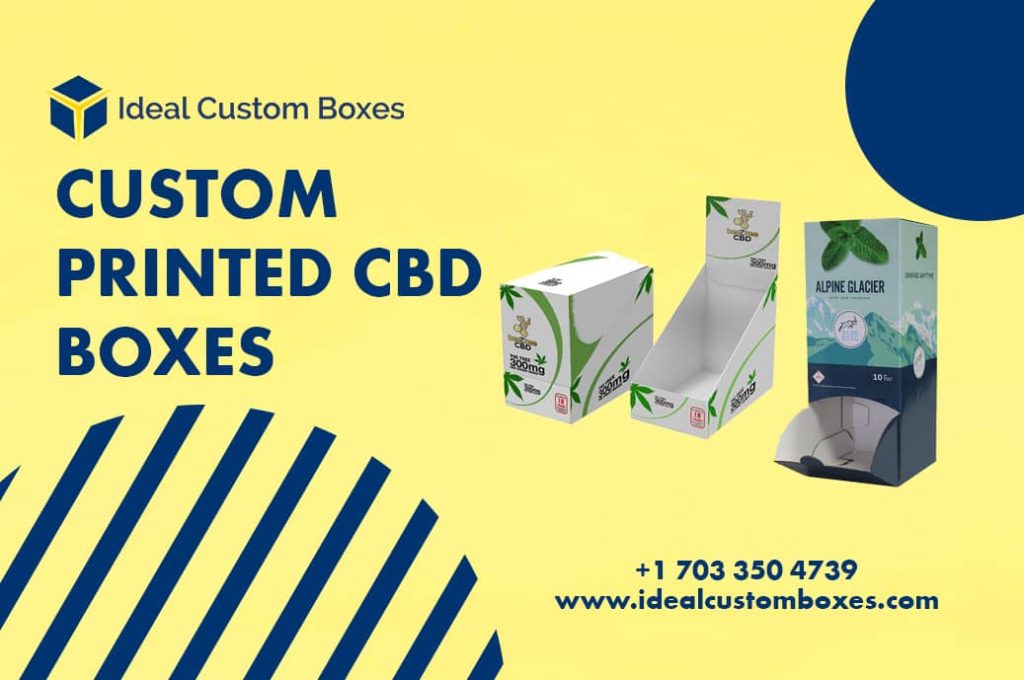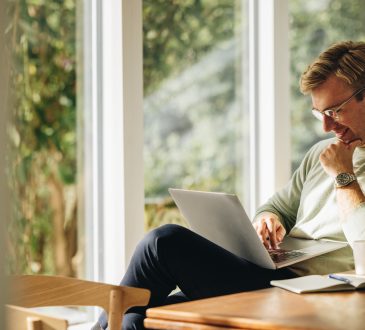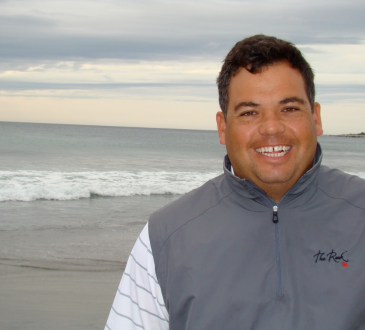
Obviously, a CBD packaging must above all serve to properly protect the products it contains, from the distribution center until it is in the hands of the customer. Packages are handled by multiple people in different environments, including automated environments. The merchandise must therefore be well protected so as not to be damaged.
Pack wisely and anticipate peak periods
Over 30% of the weight and 50% of the volume of our trash can consist of CBD packaging. The main function of CBD packaging is the protection of the product during transport, storage in the store, and at the consumer. It must protect it from dust, microorganisms, humidity, light, oxygen, and theft. It must be resistant and practical. In addition, the Custom printed CBD boxes must inform the consumer about the characteristics of the product, its instructions for use or storage.
Beyond its undeniable missions of conservation and information, the CBD packaging has become a marketing tool: shape, material, color, text are studied to hook and convince the potential buyer in a few seconds. This marketing function is more and more marked, especially for impulse purchases, those that are made without prior intention and which can represent 70% of our consumption choices.
One country would spend nearly $ 250 on CBD packaging per year. In 30 years, the volume of CBD packaging waste has multiplied by 5, even 50 for certain materials such as plastic. The emergence of PVC (polyvinyl chloride) CBD packaging in the 1970s inaugurated the “one-way” path, disposable after a single-use.
Waste and Pollution
When it gets home, most CBD packaging immediately becomes waste, waste that poses more and more ecological and economic problems. Landfill pollutes the soil, water, and air. The CBD packaging can contain toxic substances (heavy metals, for example) which, carried by the rains, can contaminate the water resources.
Incineration poses other problems: the fumes can contain dangerous substances, just like the ash landfill. Recycling makes it possible to reduce the quantities of waste sent to landfill or incinerated and to save natural resources. However, it does not solve all problems. For example, waste, whether or not sorted, requires many trucks for transport and causes major transport problems.
In addition, recycling household waste is expensive: between 50 and 175 $ per ton. For CBD packaging alone, this represents an annual cost exceeding 70 million dollars, payable by the community.
Wise choices
Faced with this plethora of CBD packaging, we can act as responsible consumers, by developing a critical mind regarding consumption. Indeed, advertising, the arrangement of products in stores encourage us to buy products that we do not need. While shopping, you can also find out whether there are alternatives to use less CBD packaging.
The tips below can help you in your process. You might not know how to do everything right away, but every step you take for the environment counts, so follow these tips at your own pace. You will find that, in many cases, less CBD packaging also means savings in purchasing.
A few tips
- Let’s reduce the amount of CBD packaging:
- Refuse over-packaged products: products contained in several CBD packaging when only one would suffice, such as products presented in CBD packaging that is too large or too luxurious.
- Provide a basket, a bag or a net for shopping and refuse disposable bags.
- Choose concentrated products (cleaning products, detergents); they require less CBD packaging and are just as efficient.
- Let’s adapt purchases to your needs: 6 small CBD require more CBD packaging than a single large pot of the same quantity. Proportionally, large packages are cheaper and less polluting.
Moreover, many traders underestimate its importance. In addition to helping reduce operating costs, proper CBD packaging can increase customer satisfaction upon receipt of the package, thereby contributing to the overall customer experience.
For more visit the article on this website.





